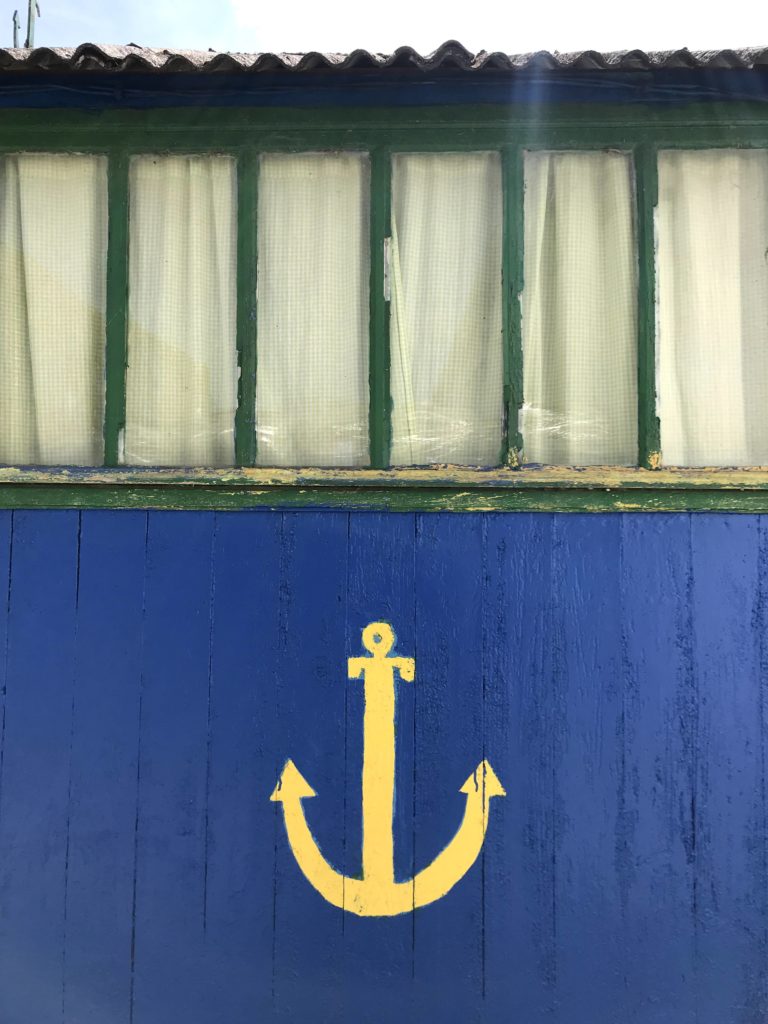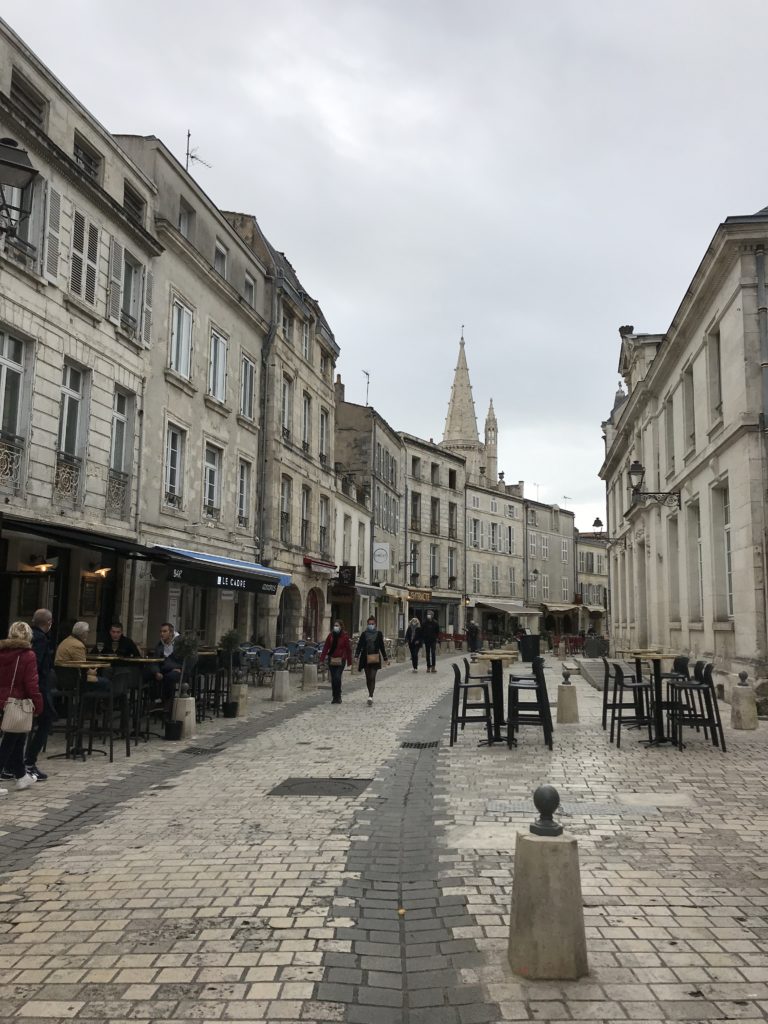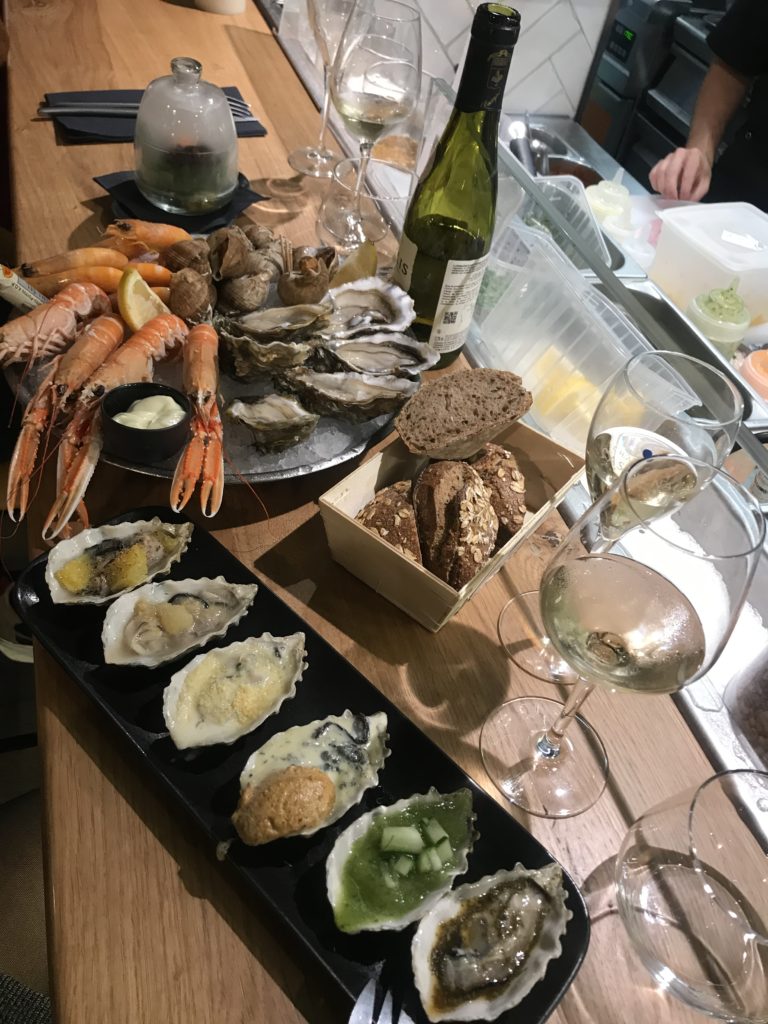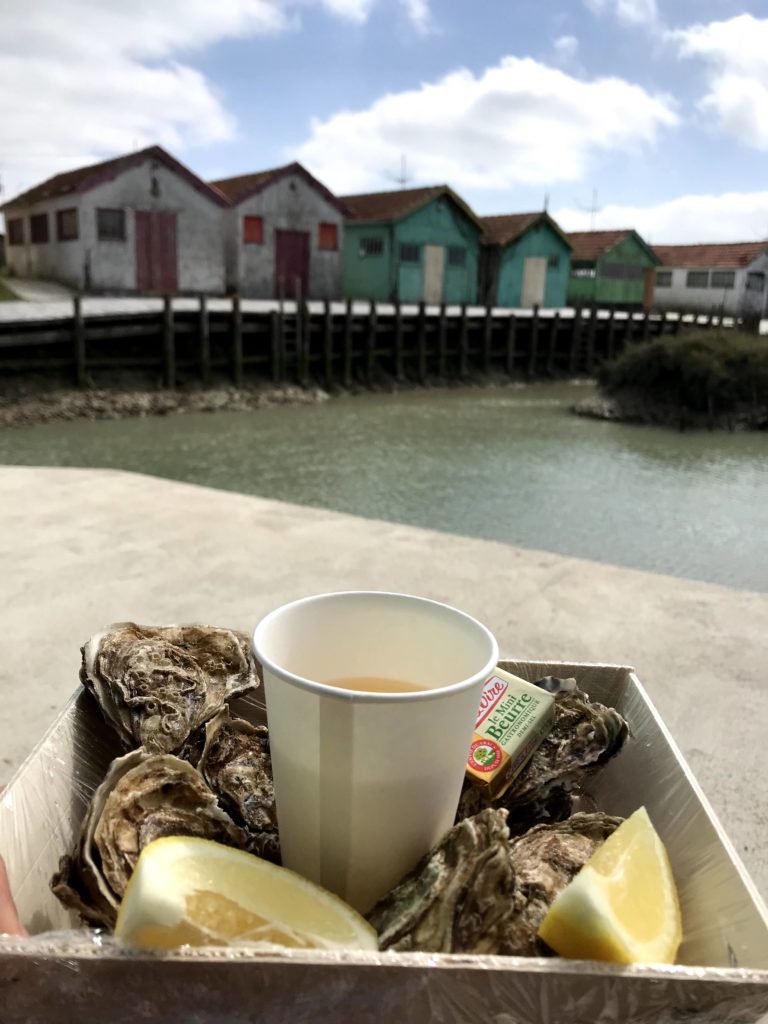If in my last article I told you about the “Île de Re”, in this publication I tell you about my time in “La Rochelle”.

La Rochelle is situated on the other side of the “Pont de Re” which connects the island to the mainland. The great thing about this city is that it offers activities for the whole family, as well as its charm and romance.

The first thing we did when we arrived was to leave our bags at the hotel and we went for a walk in the Vieux Port, the area between the Tour Saint-Nicolas and the Tour de l’Orloge. Being a Saturday, I loved the atmosphere on the street: the terraces were full, the musicians cheered us with their songs and people danced freely.
Around the Vieux Port there are several monuments such as the “Phare d’Alignement du Vieux Port” or museums to visit such as the Aquarium, which is one of the largest in Europe and is ideal for children as well as adults.

Passing the Tour de l’Orloge, we entered the old town of La Rochelle, strolling through its streets full of arcades and refined architecture. I was struck by the fact that there were so many shops and businesses that gave a lot of dynamism to a city of about 200,000 inhabitants.

About architecture, I loved two aspects: 1) The clarity and luminosity of the construction material of the buildings. 2) The symbol of the Concha which is found all over the city and which we will read more about in the History of the City section.
Among the buildings I have to highlight: the “tribunal de Commerce” or even more, the town hall. Among the various churches and the cathedral, the “Temple Protestant de l’Église Unie de France” caught my attention. A rather simple building but one that represents a part of the history of the city, since La Rochelle was one of the first places where the “Reformation” entered the country.

A storm had been announced during those days and look how many things we were able to see. It is true that good weather makes travel more pleasant and bad weather can be an excuse not to move; but after several years travelling in areas where it rains often, I have learned that you should not deprive yourself of travelling in bad weather, you can find a lot of beauty and some sunshine between those grey days, there are usually fewer visitors that saturate the spaces and there are always surprises to discover!
You can visit an other beautiful Island (not far from la Rochelle) called l’Île d’Oléron. There is so much nature to see! I found very charming the little village known as ” Le Château-d’Oléron” with its colourful houses.

Le Château-d’Oléron 
Le Château-d’Oléron
There so many activities you can do in the island. When I visited it I did not have so much time , but you can find here a link with some ideas about what to do in case you visit it !( https://www.ile-oleron-marennes.com/preparer-mes-vacances/quoi-faire).

You can visit ” La citadelle du Château d’Oléron” built by Richelieu in 1630 and walk around the cheerful houses hold by the artistic association of ” Couleurs Cabanes” https://couleurs-cabanes.fr/index.php/galerie

Le Château-d’Oléron 
Le Château-d’Oléron
History of La Rochelle
Why is there a “New World Museum” in this city? La Rochelle became an Atlantic capital thanks to its exchanges with the New World, both commercial and emigration, in this museum you can see these relationships since the 16th century.
Another interesting place to visit is “The Bunker”. In 1940 during the Second World War, the German army seized the “Hôtel des Etrangers” next to the “Vieux Marché”. Next to this building, in October 1941, the German navy finished building the bunker to protect the admiral and the officers of the Third Fleet submarines, who took refuge there for a period starting in November 1941.

Another that caught my attention was the “La Rochelle Museum of Protestantism”. The city was converted to Protestantism and even the capital of the Reformation party during the 16th century. As we have seen, it was already an Atlantic capital thanks to the exchange with the New World. In the same century, the religious Reformation was introduced in the country and several events and massacres ended in a civil war, “the War of Religions”. Thanks to the port and the strategic location of La Rochelle, it became in 1568 one of the main settlements of the War in favor of the Protestant cause. La Rochelle’s naval forces attacked and made it very difficult for the Catholics. The sailors became pirates, sowing terror, ruining the enemy’s commercial traffic, communication, and arms supplies.It is known today as “La Rochelle, Belle et Rebelle” (“La Rochelle, beautiful and rebellious”).

Gastronomy of La Rochelle
- “Les P’tits Loups”: Small bar with good prices and quality tapas. The service is friendly and the spicy sardines cured in vinegar and oil are a delight (they remind us of our pickled anchovies).
- “Mertensia Ostrateka”: Gastronomic restaurant specializing in seafood is a marvel for the senses. Marie, the owner, has a family bond with Spain which is reflected in the inspiration of the menu. The special spark is that if you sit at the bar, you will be able to observe how the cooks prepare the dishes which they feed even through their eyes!

3.”Les 4 Sergents”: A slightly higher-end restaurant but with history and an architecture in the form of a Covered Garden composed of a 10-meter stained glass window (from Gustave Eiffel’s Workshop in Reims, where part of the Statue of Liberty was also built ).
4.”Charentais” refers to the traditional or typical locality of the Charente region. Fish and seafood, “pavés de La Rochelle” sweet with chocolate, “galette charentaise”, simple cake made of butter and cognac, “Grattons, farci et fagot charentais”, the first is a spiced pork dish, the second is a savoury vegetable cake, the third is a kind of pork pâté, the third is a kind of pork pâté, the first is a spiced pork dish, the second is a savoury vegetable cake, the third is a kind of pork pâté.
5. We can not leave l’Île d’Oléron without tasting the Oysters. There is one of the biggest oyster production sites of Europe. To learn everything about “oyster farming” it’s a must to visit the “Citê de l’huître”.

Others adresses
- “Hotel La Monnaie”.We chose it for two reasons: Firstly because it was very central, next to the “Vieux Port”, “La Tour de la Lanterne” and the street “Rue St Jean du Pérot” known for its variety of restaurants. Second, because of the architecture: the hotel was a beautiful 17th century building. The hotel is fine, perhaps the quality is out of line with the price according to the rate.
- Sunset next to the “Tour Saint Nicolas”.

3.”La coursive”, a performance hall with a good program in a beautiful reconstructed building.
4.”Bar le Colt”, a little different from the typical bars of the city.